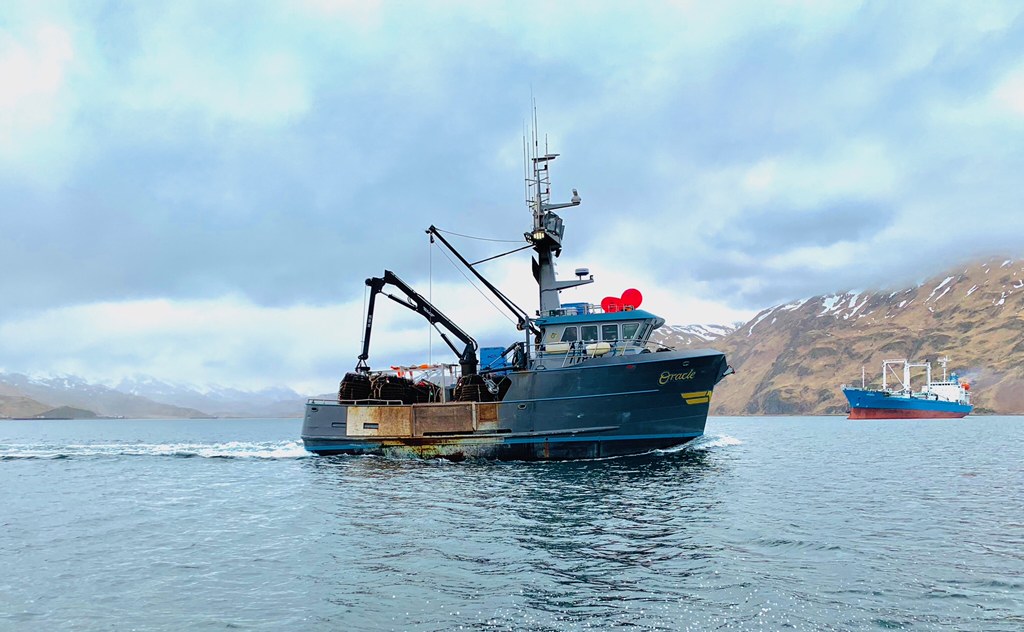The Pacific halibut fishery got underway on March 14. A fleet of nearly 2,000 Alaska longliners will share a 17 million-pound catch during the eight-month fishery.
It was set to be a bumpy start in the face of jittery markets and transportation snags. No ferries and limited air freight meant no way to move the fish in many Southeast Alaska ports. A major processor there was not buying any halibut until April.
Blackcod also opened March 14. That market remains poor with a backlog of small fish in the freezers.
For the second year, Sitka Sound’s roe herring fishery is not likely to occur this month as a result of small fish and no markets. Fishery managers had anticipated a harvest of 25,824 tons (nearly 57 million pounds), double from 2019.
Just over 10,000 tons of herring spawn on kelp can be taken from pound fisheries near Craig and Klawok. Herring pounds contain from 900 to 9,000 blades of kelp to catch the herring spawn.
Alaska’s largest roe herring fishery at Togiak in Bristol Bay has a huge quota at nearly 39,000 tons (more than 85 million pounds). That fishery typically opens in April, but many fishermen are opting out due to low herring prices of under $100 per ton.
The winter troll fishery for king salmon closed in all waters of Southeast Alaska on March 15.
Boats are targeting black rockfish throughout the Gulf of Alaska and along the Aleutians.
Lingcod also is open in Southeast, and some areas are still open for golden king crab and Tanner crab.
A Tanner fishery opened in Prince William Sound on March 2 and the Kodiak fishery is still going slow in one open region.
The snow crab fishery in the Bering Sea has yielded about 70 percent of its 34 million-pound catch quota.
A red king crab fishery for 13,608 pounds opened at Norton Sound on February 29, but no one showed up because of a lack of buyers. Many stakeholders fear the stock is declining and opted not to drop pots (through the ice) for the winter fishery.
Fishing for pollock, cod, mackerel, perch, flounders and many other whitefish continues in regions of the Gulf of Alaska and Bering Sea.







